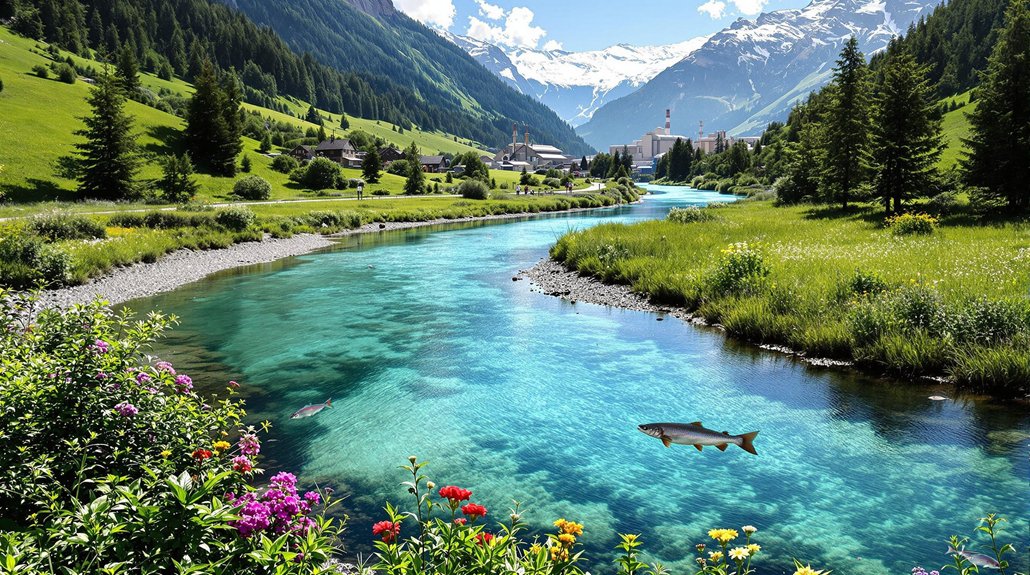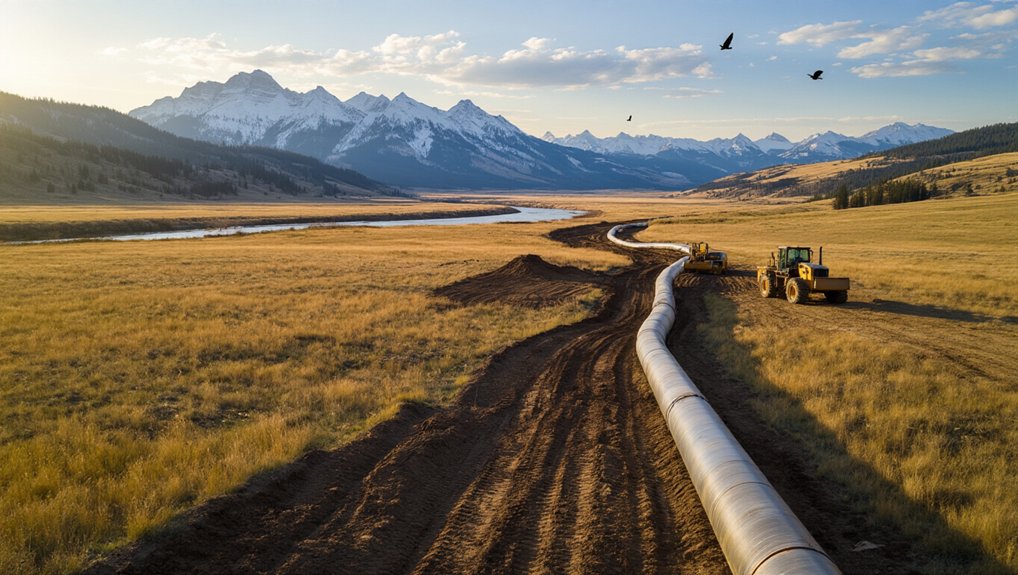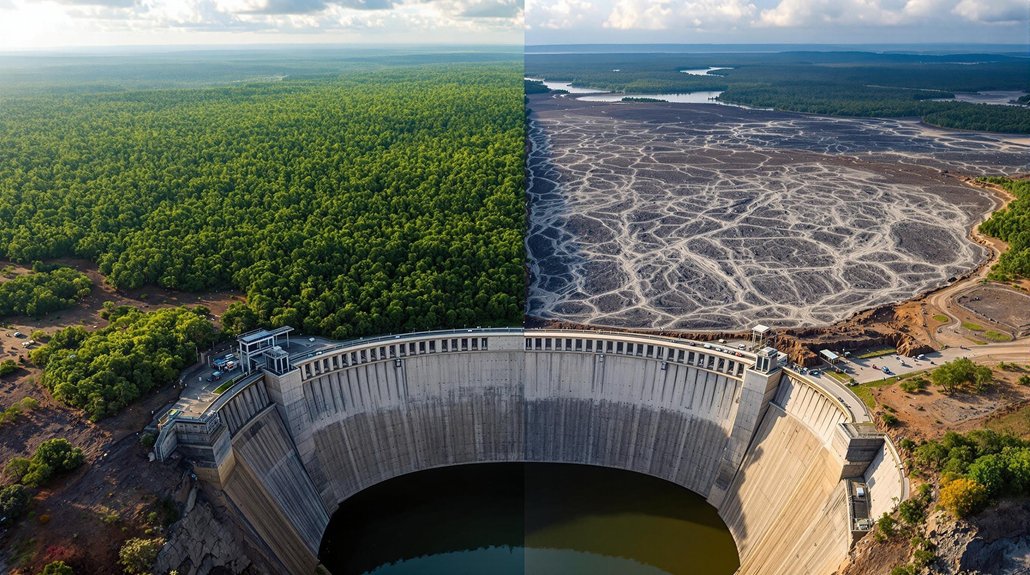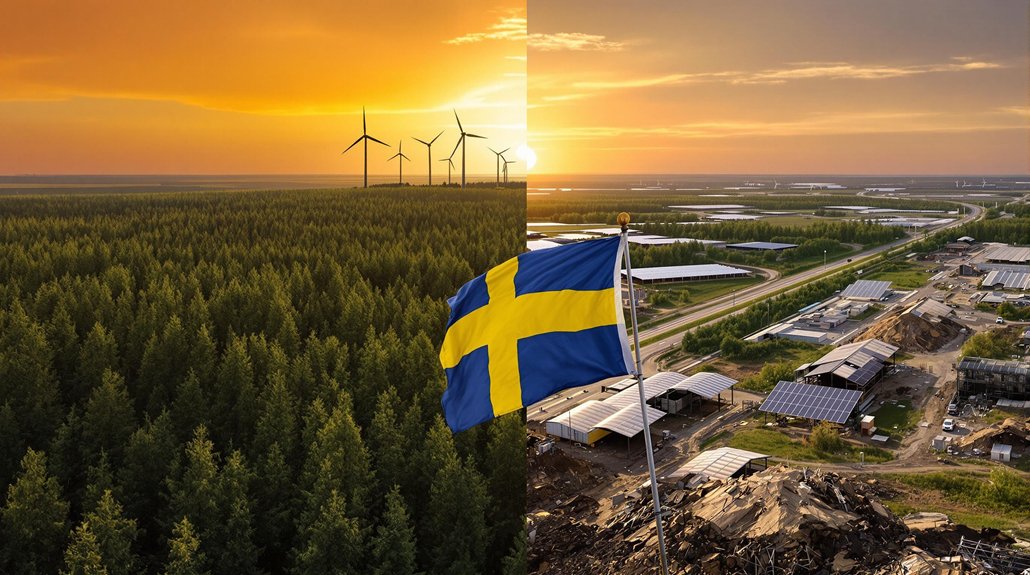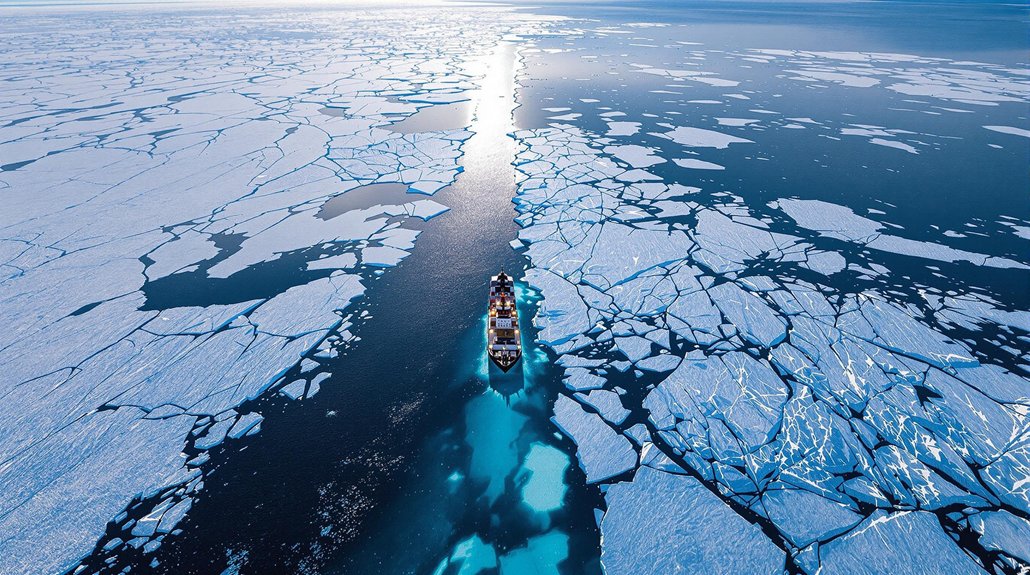Swiss rivers were toxic cesspools in the 1960s—dead fish, chemical foam, the works. Nobody cared until health concerns sparked outrage. Then came the 1991 Water Protection Act, and wow, what a turnaround. Banned phosphates, upgraded treatment plants, and stricter industrial rules changed everything. Now people actually swim in these rivers. Trout are back. But micropollutants and climate change? Those battles aren’t over yet.
Countless Swiss rivers, once choked with industrial waste and foaming with chemical sludge, have made a remarkable comeback. The 1960s and 70s were a nightmare for Swiss waterways. Fish floated belly-up while industries dumped whatever they wanted into the nearest stream. Nobody seemed to care. Until they did.
Public outrage finally forced action. Seems like watching your kids swim in toxic foam will motivate even the most passive citizens. The government eventually got the message, passing the Water Protection Act in 1991 after decades of people demanding change. Better late than never, right?
It took toxic rivers and fuming parents to finally jolt Switzerland out of environmental complacency.
The cleanup effort was massive. Wastewater treatment plants got serious upgrades. Phosphates in detergents? Banned. Industrial discharge? Regulated to death. Farmers had to figure out how to grow food without poisoning every downstream community. Revolutionary concept.
The results speak for themselves. Phosphorus levels have plummeted since the 1980s. You can actually swim in Swiss rivers now without growing an extra limb. Trout, those fussy aquatic snobs who only tolerate clean water, have returned to many rivers. Nature’s ultimate water quality test, passed.
But it’s not all sunshine and rainbow trout. Micropollutants from pharmaceuticals still contaminate urban waters. Pesticides linger in smaller waterways. And climate change is heating up rivers — the Rhine is 2°C warmer since the 1960s. Quagga mussels love it. Native species? Not so much. Unlike hydroelectric power which can cause ecosystem disruption, Switzerland’s river restoration focuses on rebuilding natural habitats and flows.
Switzerland isn’t stopping. The Federal Office for Environment has ambitious plans to restore 4,000 kilometers of rivers and lakeshores by 2090. The 2011 law focused on revitalizing waterways has been instrumental in driving these improvements. The country plans to upgrade 100 major wastewater treatment plants to eliminate micropollutants from the water system. Bet your grandkids will thank them.
The Swiss cleanup has had ripple effects. Neighboring countries enjoy cleaner shared waterways like the Rhine and Rhone. European nations are taking notes on Switzerland’s approach. Turns out, not poisoning your rivers is a concept worth spreading. Who would have thought?
